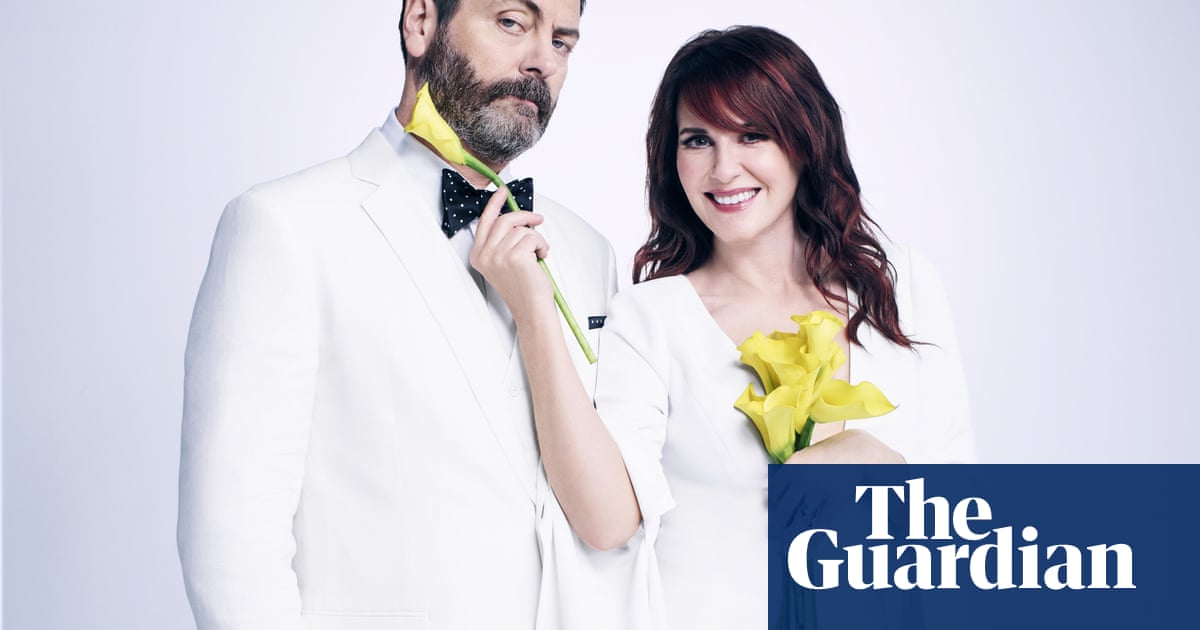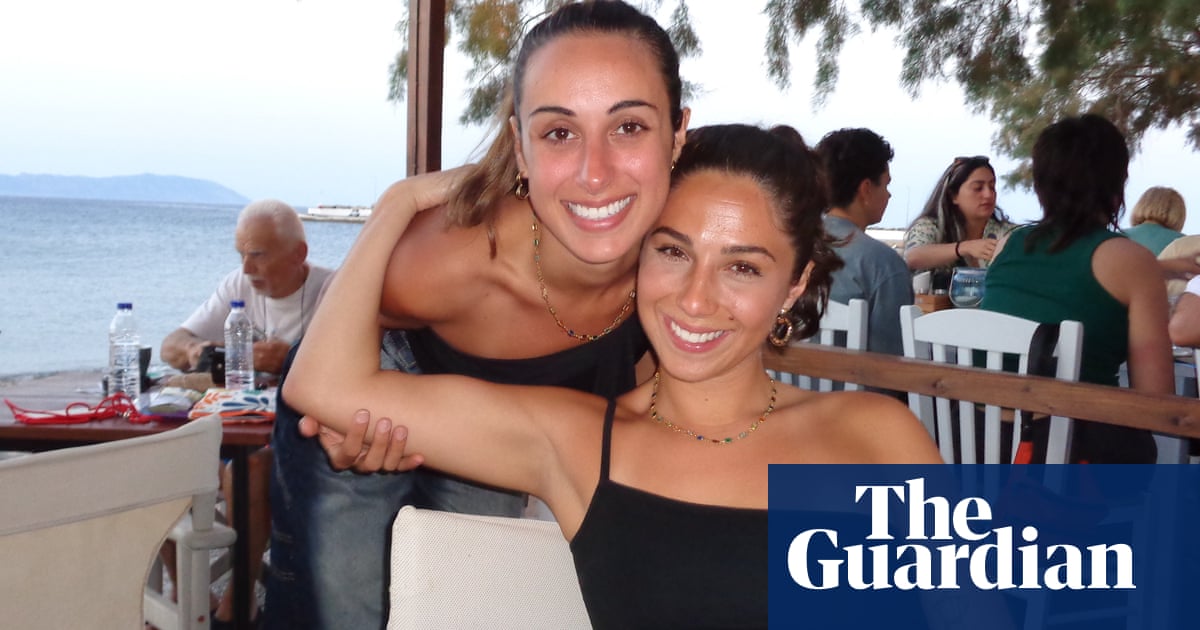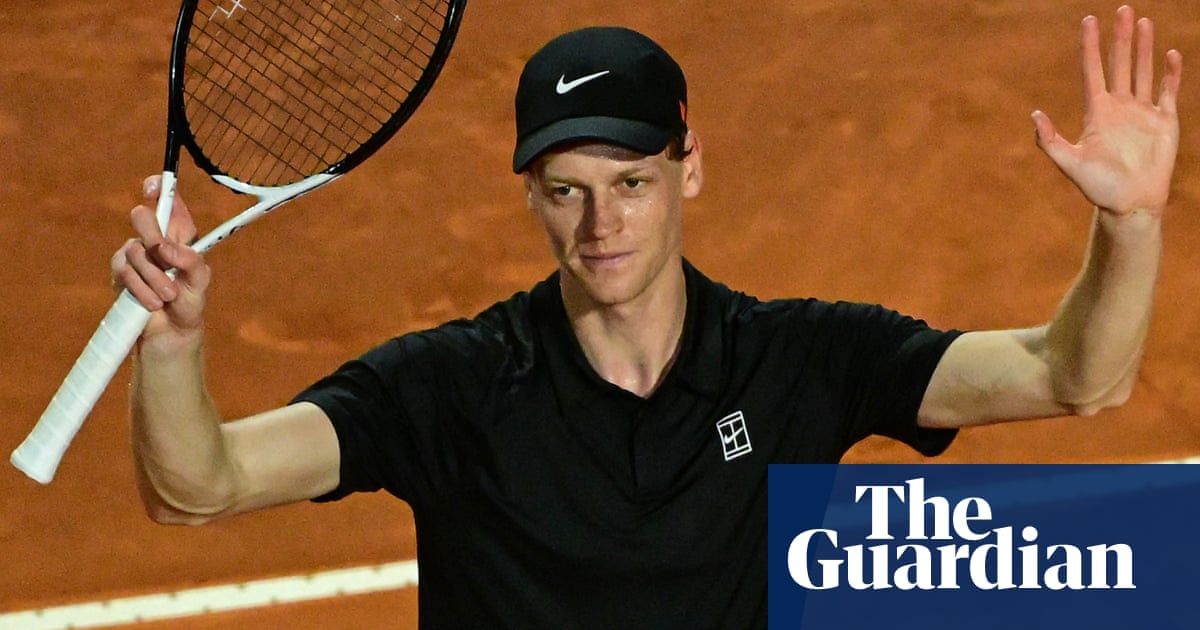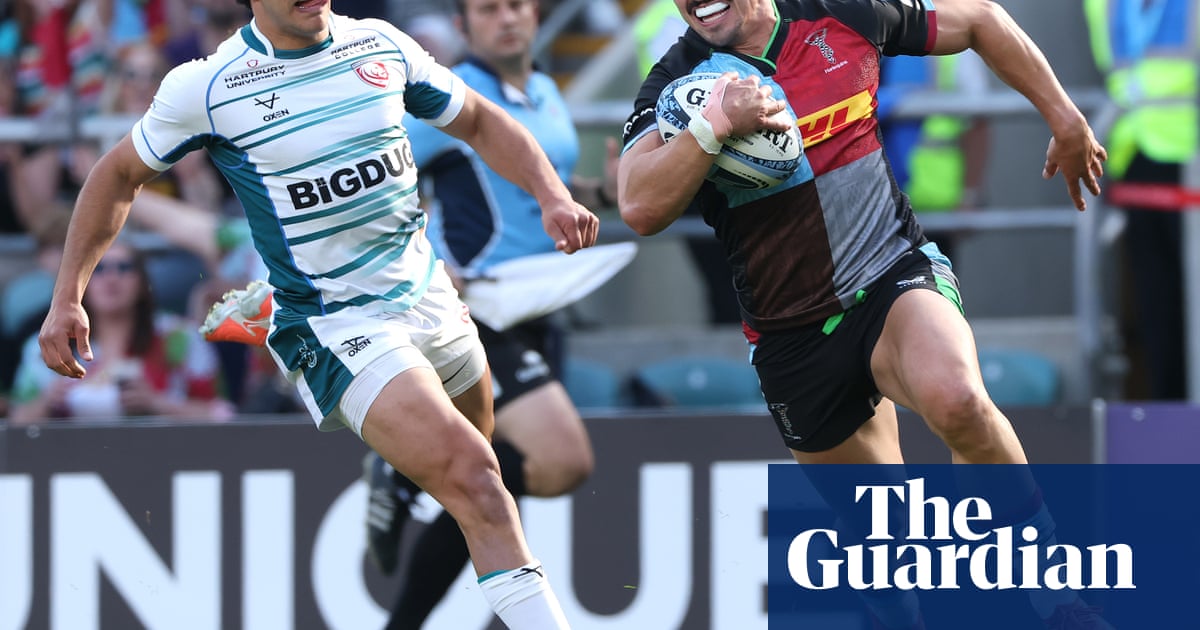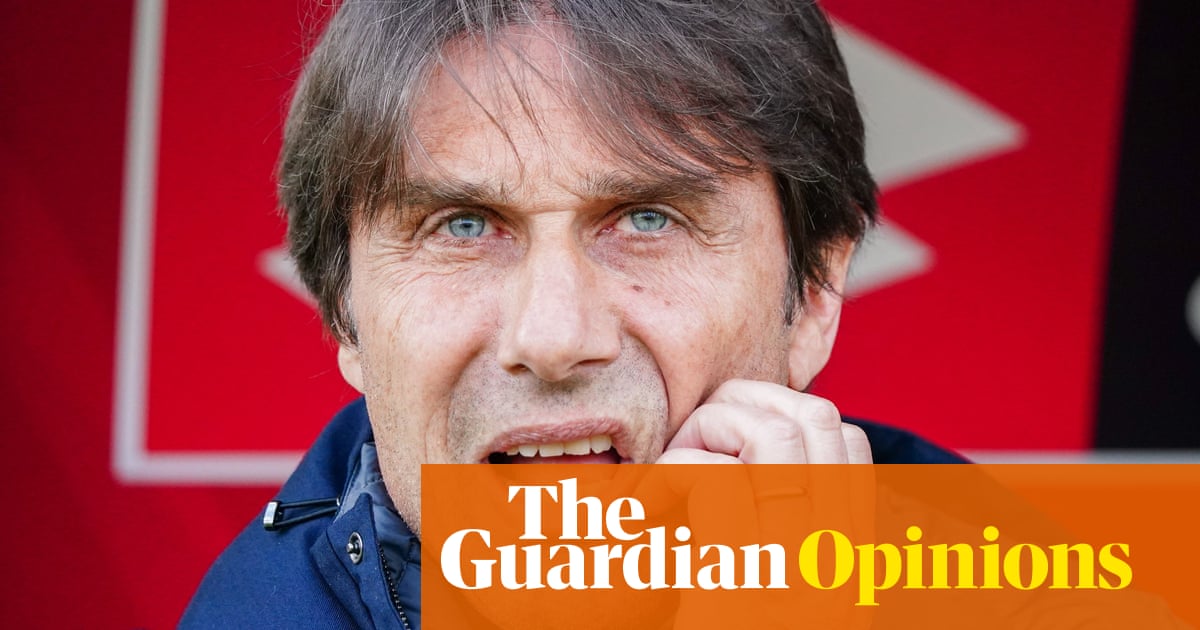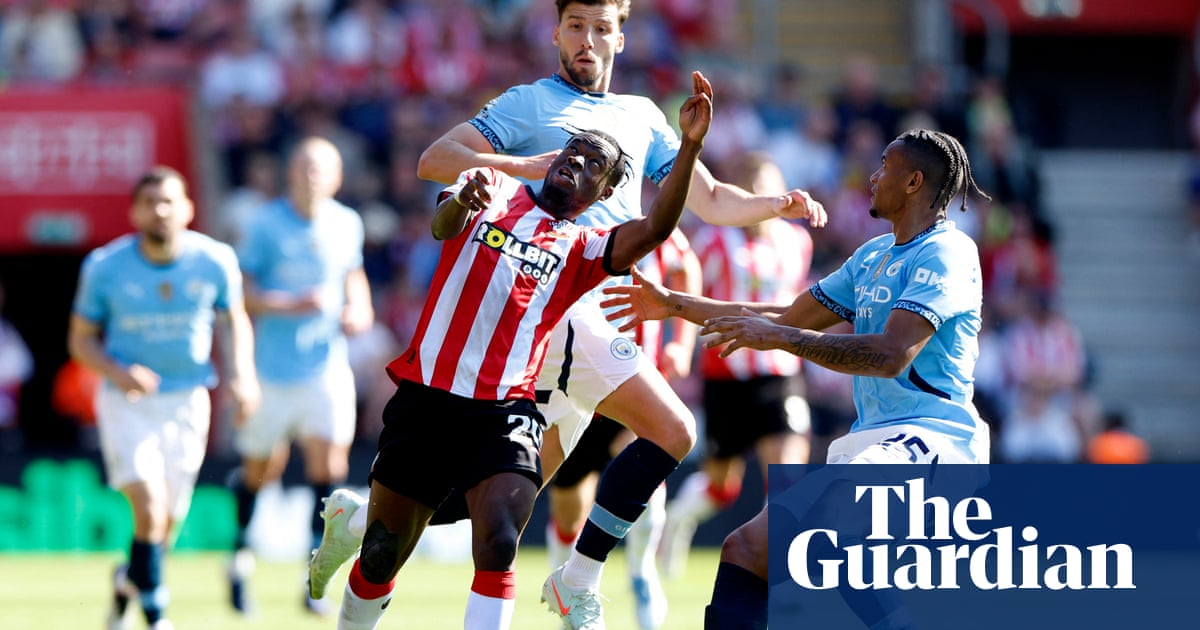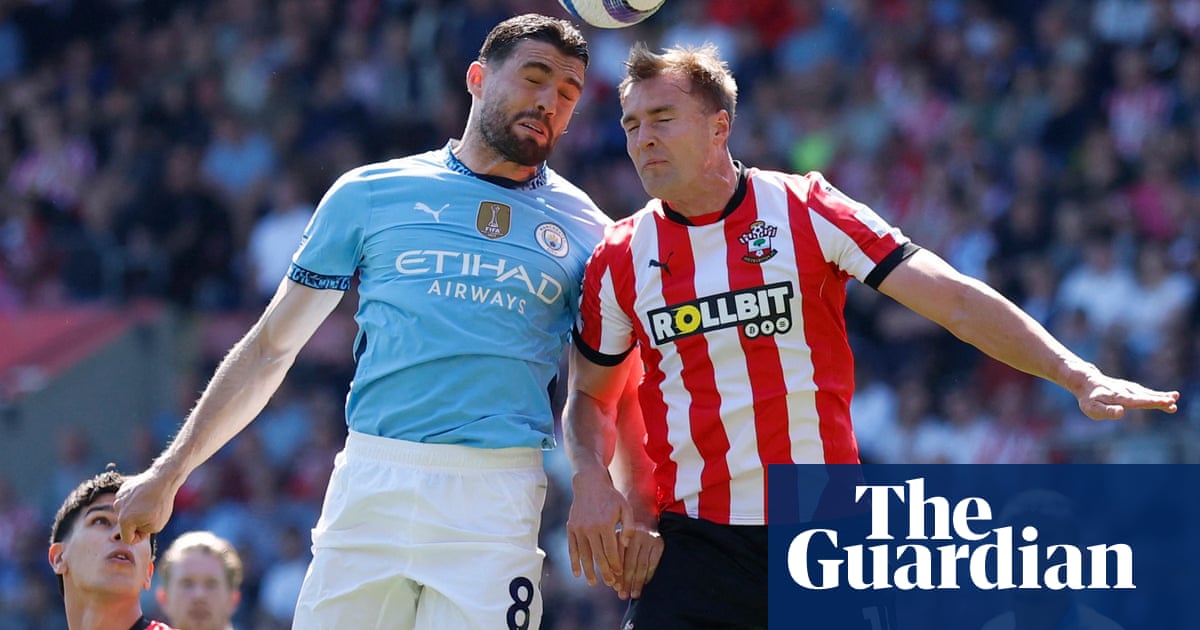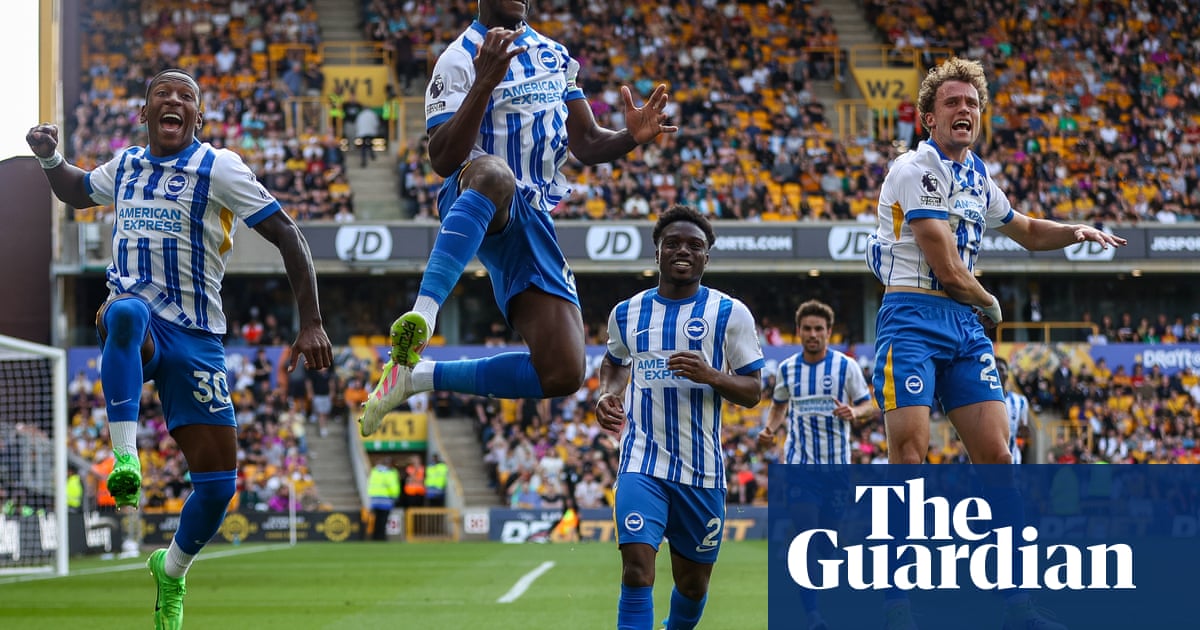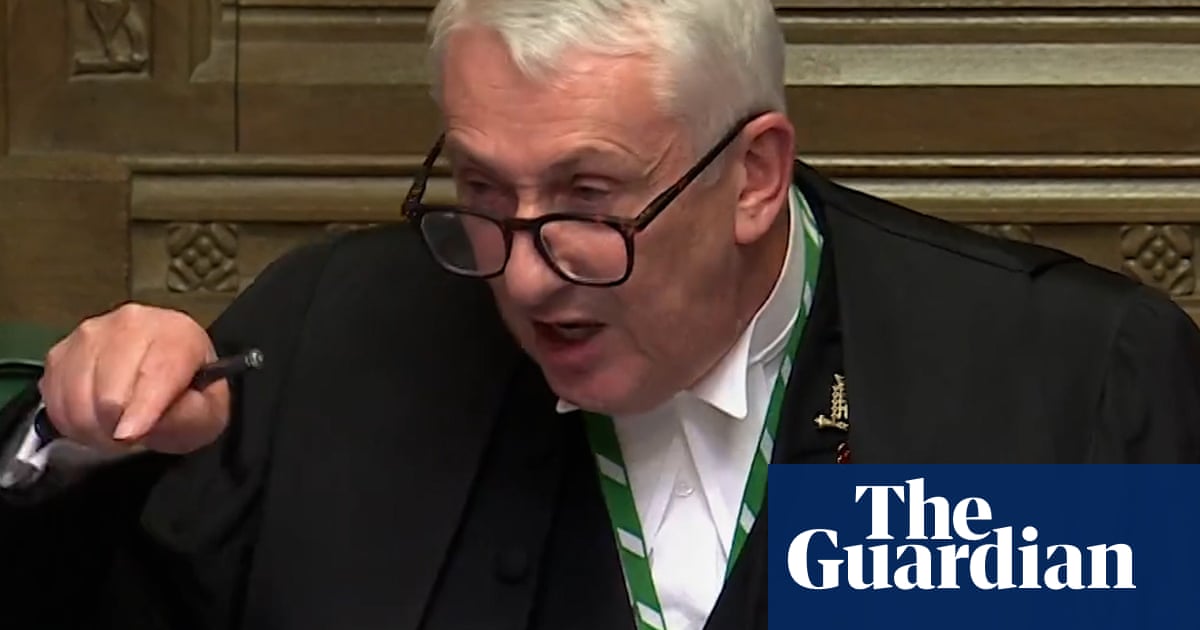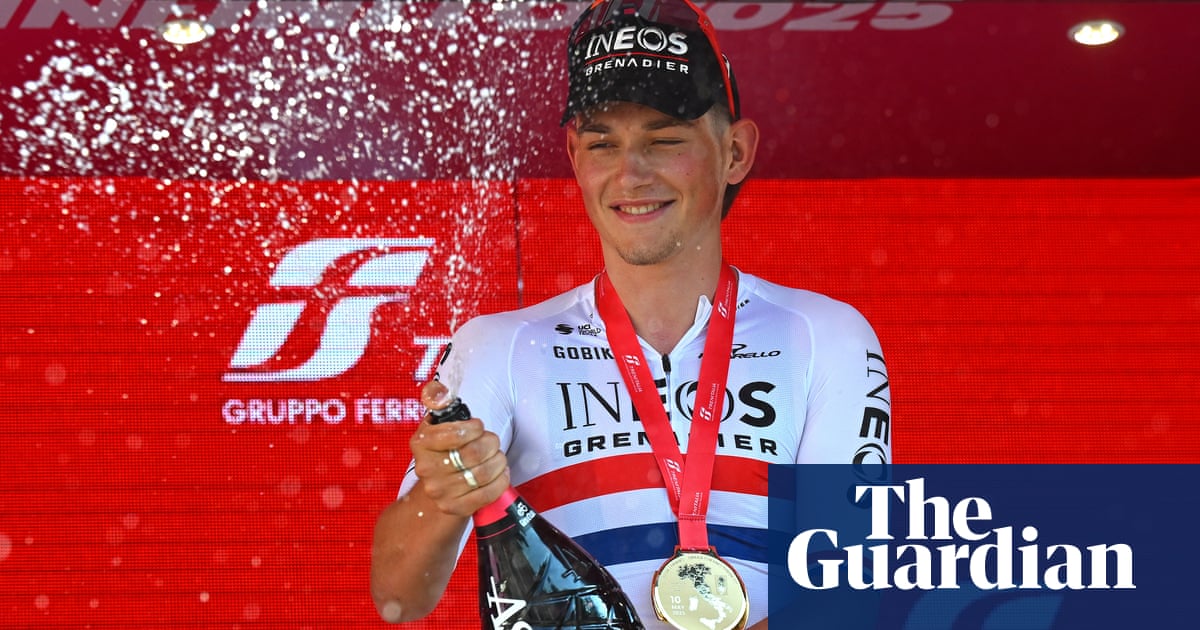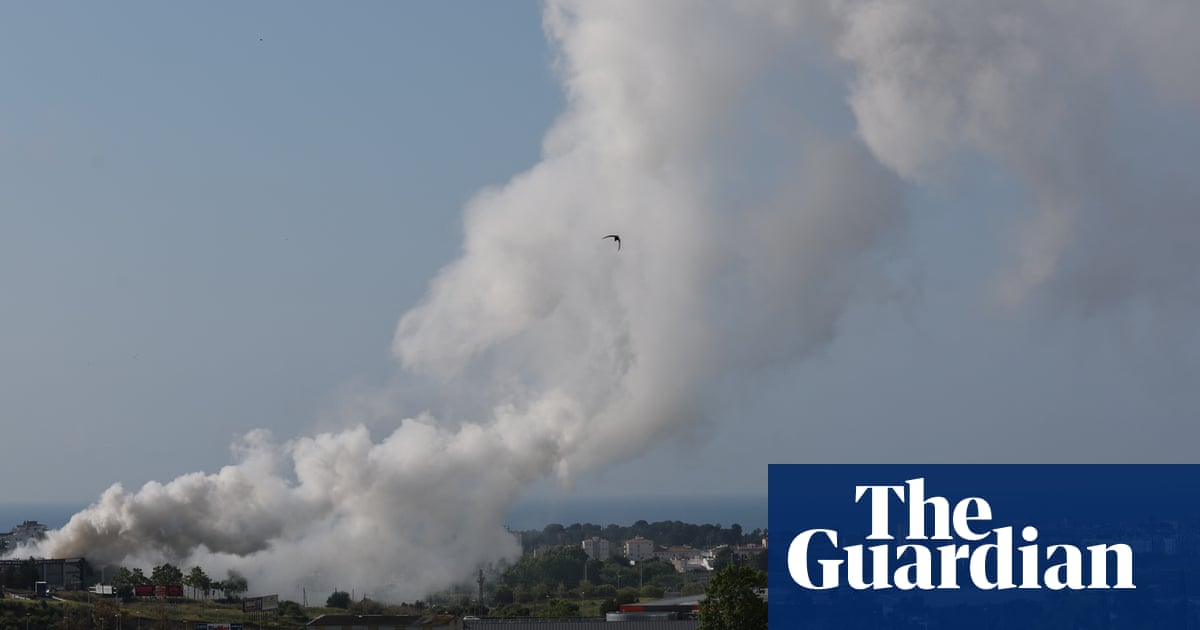Set in Lagos, The Story and the Engine attempted to weave elements of western African folklore with wider myths and legends, alongside the mythology of Doctor Who itself. Like a lot of recent episodes, it was eager to play with the idea that the viewer is aware they are watching a story.
At the Q&A after the London premiere of The Robot Revolution, Ncuti Gatwa said that this was the episode he was most looking forward to people watching this year, and he seemed to have had an absolute hoot on set. He clearly relished showing his Doctor feeling alive and accepted within a Black African community on Earth, but as events unfolded, he also got to flex flashes of anger alongside all the joy.
The wild oscillation between camaraderie and fear in the barber shop allowed Ariyon Bakare (the Barber) and Sule Rimi (Omo Esosa) to shine in their roles, with each of them getting to enjoy significant character beats against Gatwa. Omo’s apparent betrayal of his Time Lord friend and the sudden outpouring of laughter after the Barber’s big “reveal” of his identity were highlights. Michelle Asante as Abena was scene-stealingly good, as a mostly silent but clearly powerful presence, who appeared to know exactly what was going on, and to be enjoying the Doctor’s discomfort.
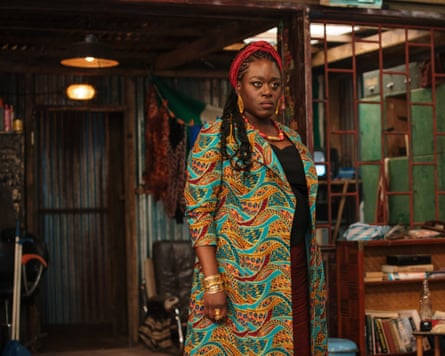
Writer Inua Ellams has tackled the Black male haircut experience before, in his 2017 play Barber Shop Chronicles, and has described his Doctor Who episode as a call to artists to “always give credit where it’s due”.
But in an episode so dominated by the stories of men, it was actually Belinda (Varada Sethu) who deserved the credit for pushing the resolution on. Her simple phrase – “hurt people hurt people” – was the spur for Abena to abandon her bitter desire for revenge, and set up the Doctor’s escape, using a method once employed by enslaved African people.
Sum it up in one sentence?
What if Doctor Who did Desmond’s, but on the back of a giant spider?
Life aboard the Tardis

At first Belinda seemed content to let the Doctor roam free and enjoy feeling at home in Nigeria while she kept the Tardis ticking over. Those crashing red alarms soon drew her into action, though, with the Time Lord’s big blue box proving to be rather more helpful to this companion than it was during those episodes such as The Rings of Akhaten and Hide where she had clearly taken a dislike to Clara.
Fear factor
Maybe fear isn’t quite the right word, but at times the dialogue inside Omo’s Palace crackled with menace. It was also another rare episode where everybody lived – as long as you don’t count the giant spider.
Mysteries and questions
It was lovely to see Jo Martin’s Fugitive Doctor make a brief appearance, making it the first multi-doctor story to feature the two Black people to have held the role in person, even if it did raise some baffling questions about how the 15th Doctor appeared to remember an off-screen adventure involving Abena that had happened to Martin’s “forgotten” incarnation.
Deeper into the vortex

-
Doctor Who has seldom visited Africa on television, though the show filmed on the continent for Spyfall and Praxeus, partly set on Madagascar, during Jodie Whittaker’s tenure.
-
William Hartnell’s Doctor spent one episode of 1965 story The Chase being pursued by Daleks, Dracula and Frankenstein’s monster inside a haunted house that was later revealed to be at the Festival of Ghana in the year 1996.
-
As well as a brief appearance during the market sequence by writer Ellams, the other notable cameo was the ghost girl who appeared to Belinda. That was Sienna-Robyn Mavanga-Phipps, once again playing Poppy, who we last saw when she was captaining the crew on Baby Station Beta during 2024’s season opener Space Babies.
-
Bakare’s Barber was also a returning face, with the actor having played Leandro, Maisie Williams’s ill-fated lionlike sidekick in 2015’s The Woman Who Lived.
-
The show’s opening sequence appearing as a fourth wall break within the barber shop echoed when Maestro began playing the theme tune on their piano at the start of The Devil’s Chord last year.
-
Doctor Who has previously used animated storytelling clips. The origins of Zellin and Rakaya were explained via animation during Can You Hear Me? in 2020.
-
The six-word story the Doctor was alluding to – “For sale, baby shoes, never worn” – is often attributed to Ernest Hemingway, but it seems unlikely he was actually its author.
-
The Doctor has watched the Marvel superhero movies, meaning they exist in the Whoniverse. We now have a canonical in-universe explanation of where Unit got the design for their Avengers-style tower in London.
-
Ellams has written a prequel story, detailing how Omo first met the Doctor.
Next time
Rylan! Graham Norton! The Eurovision song contest … but in space! On the night of the Eurovision song contest! Provided the FA Cup final doesn’t selfishly overrun and crash through the BBC One evening schedule like a wrecking ball! See you then!

 3 hours ago
4
3 hours ago
4
